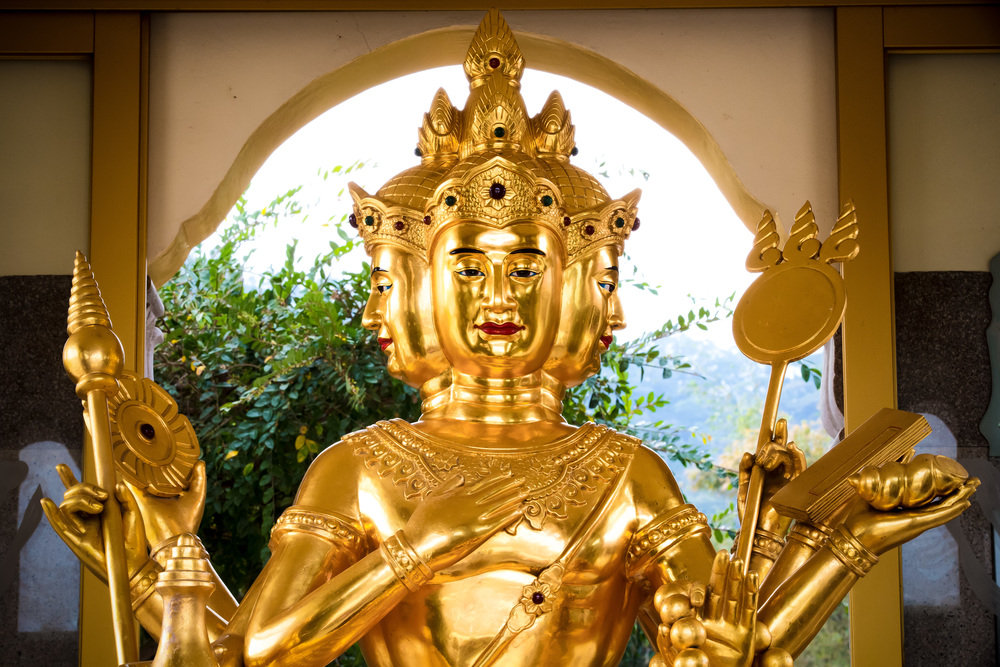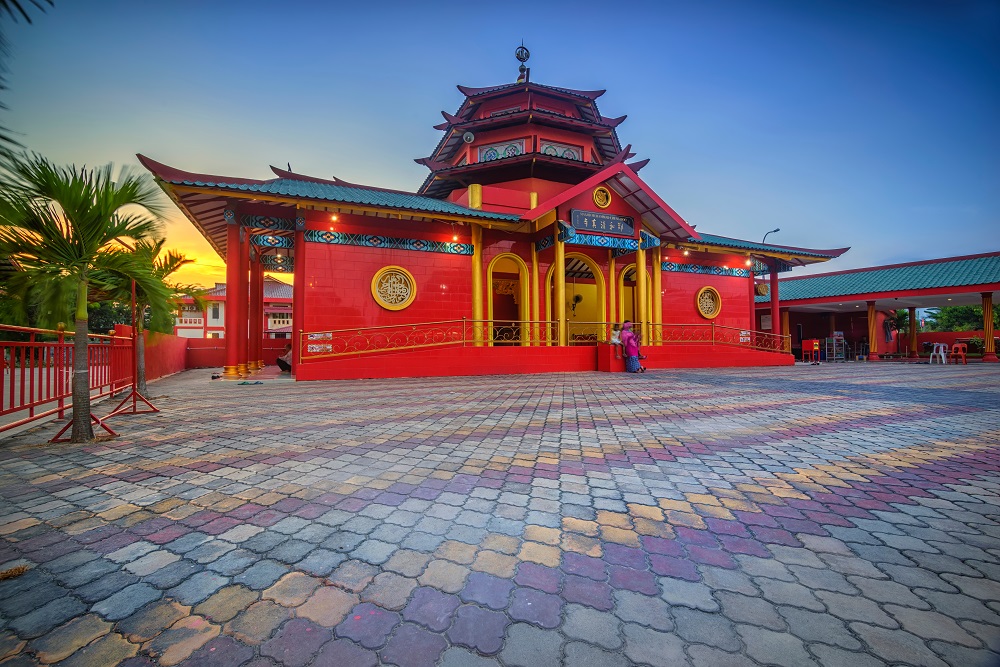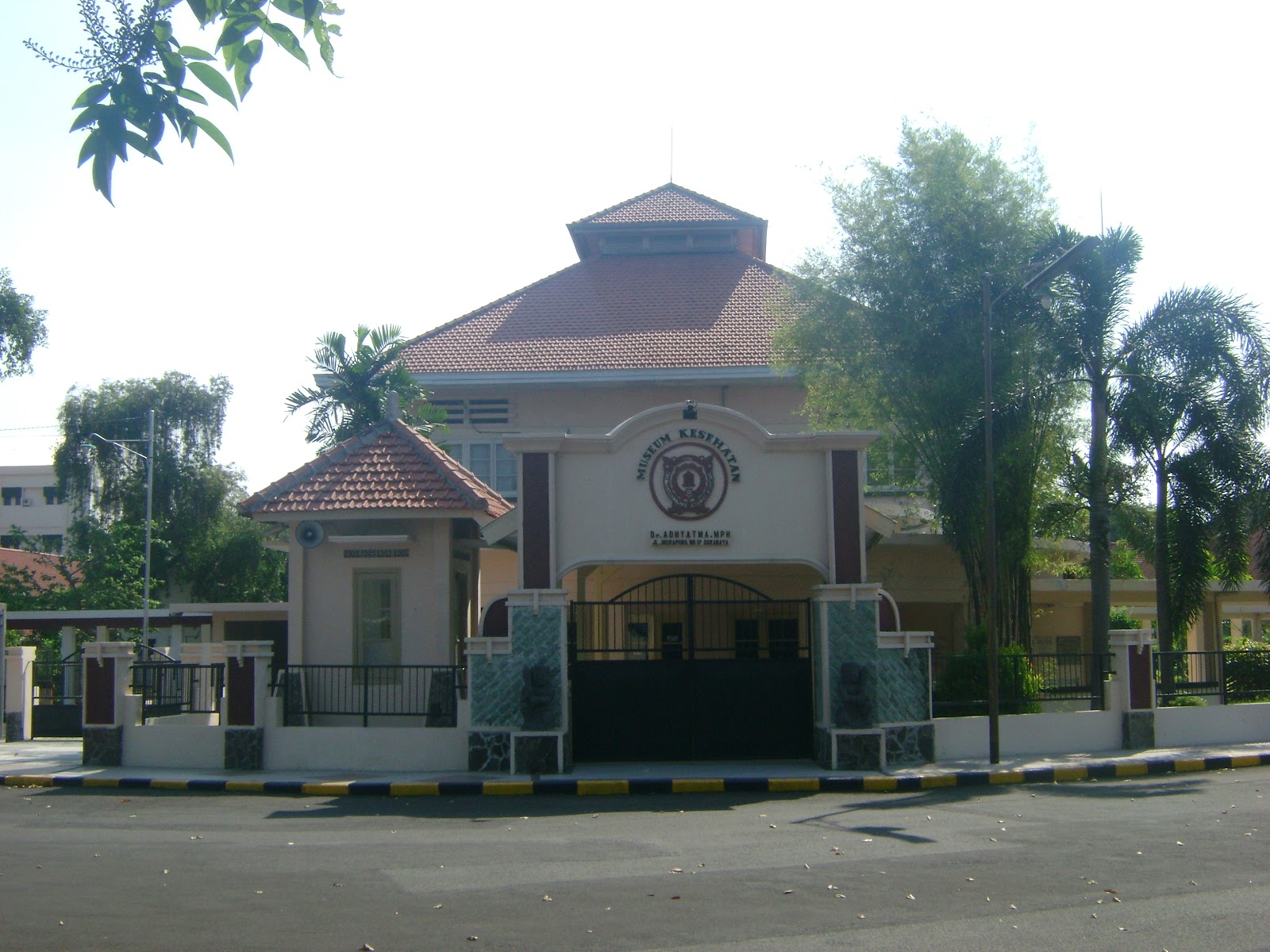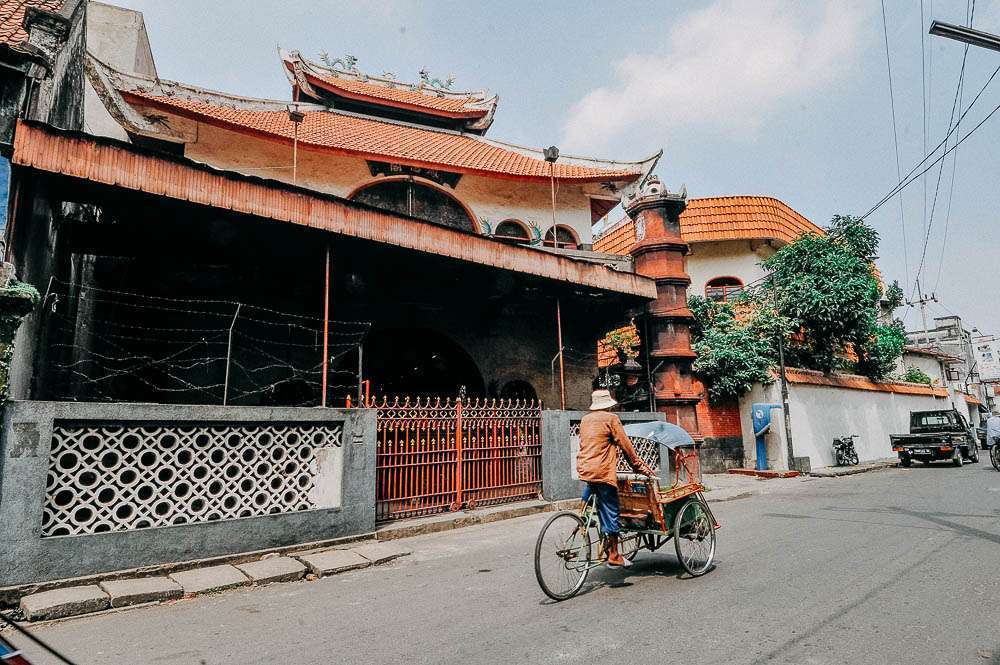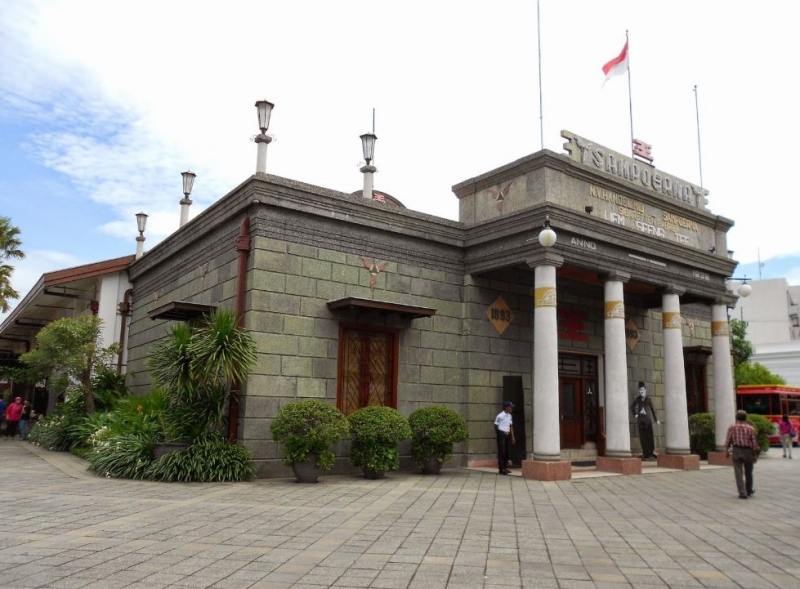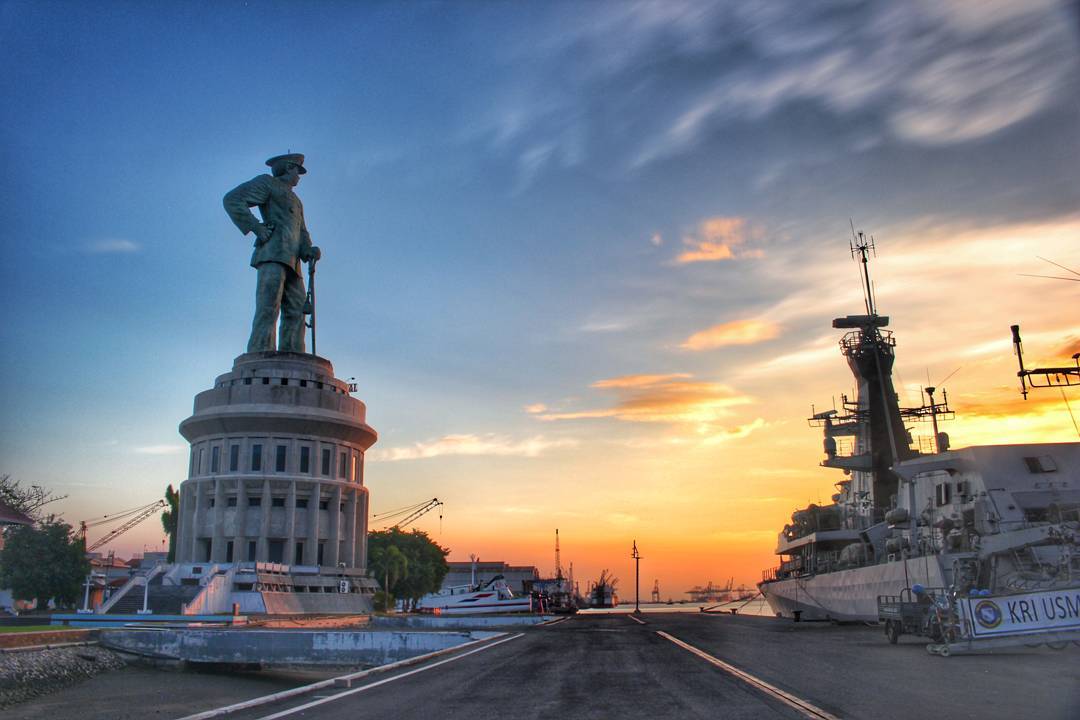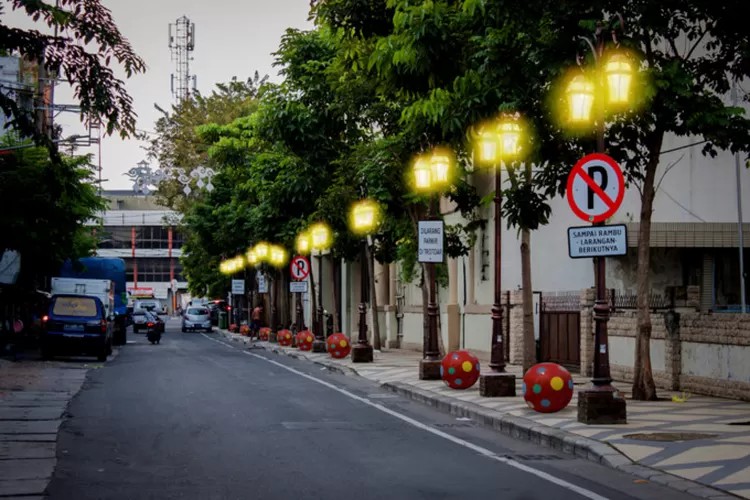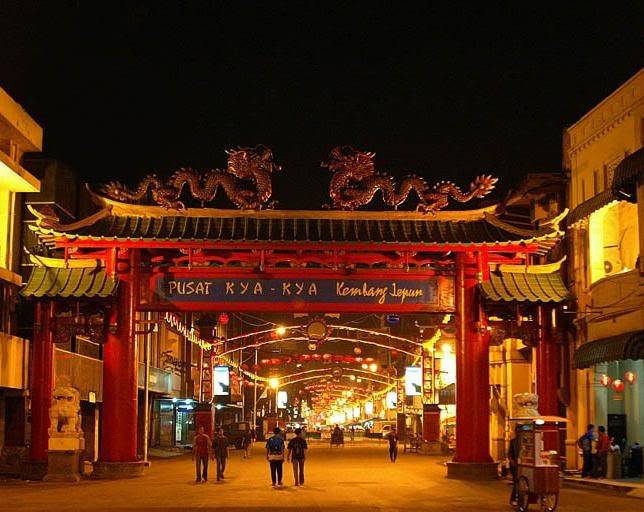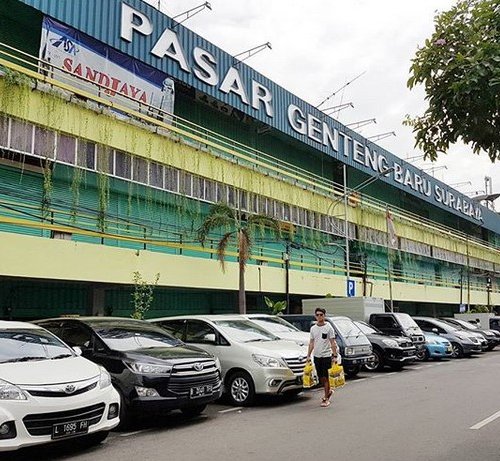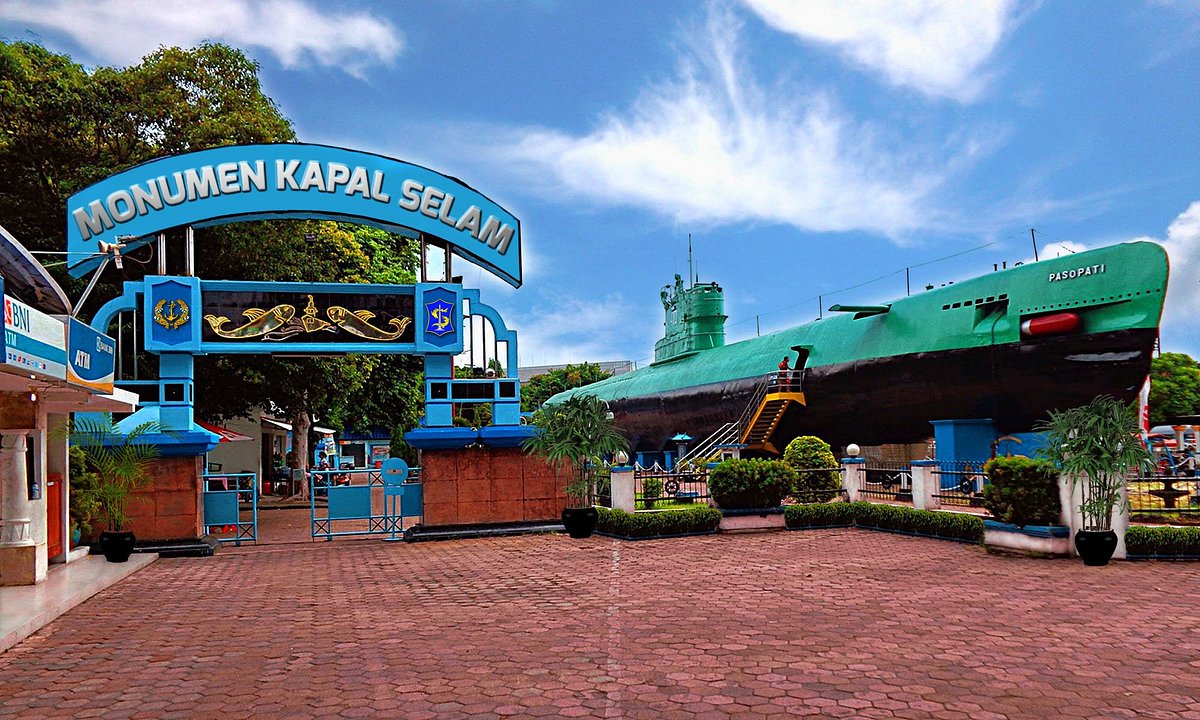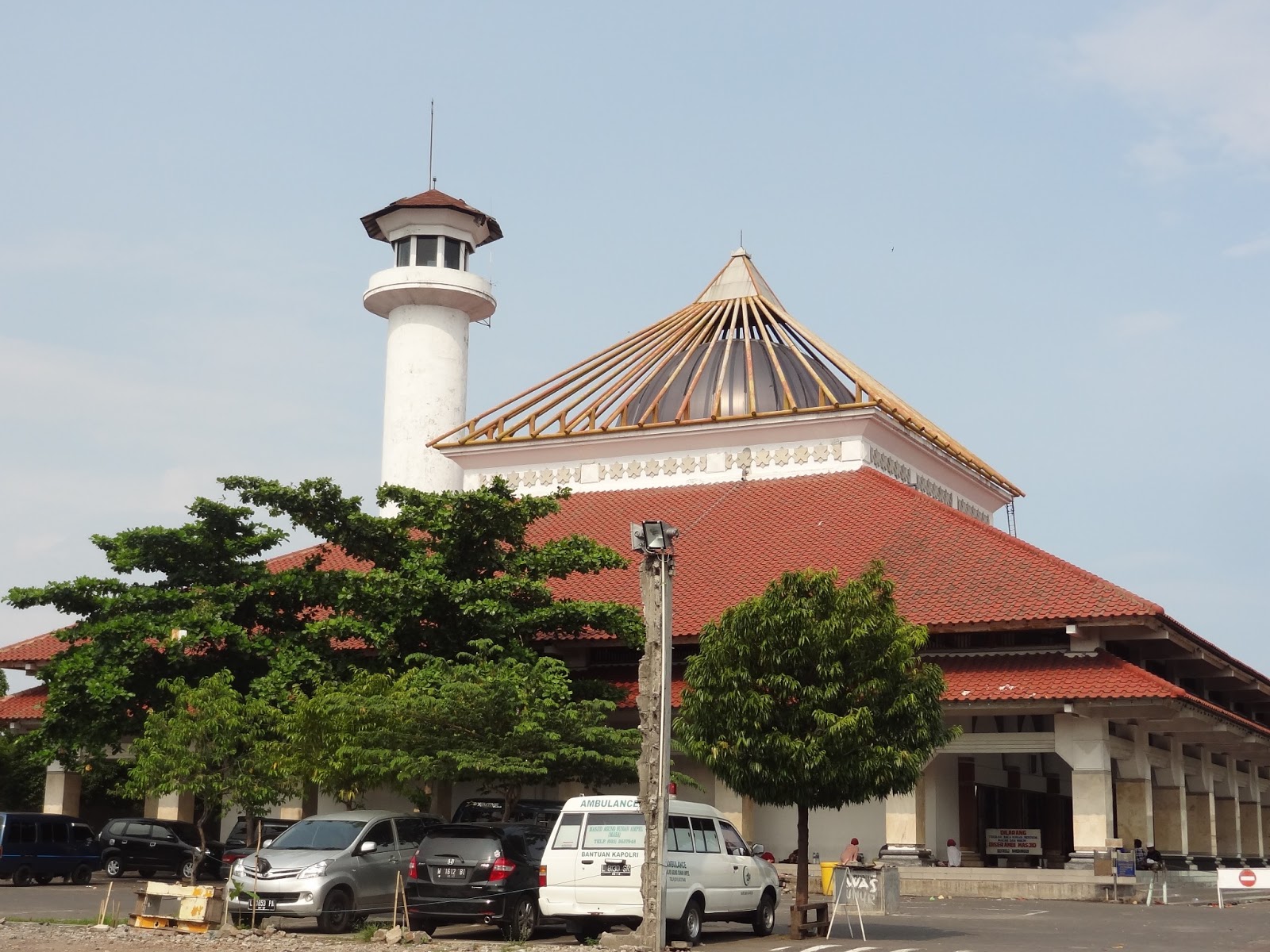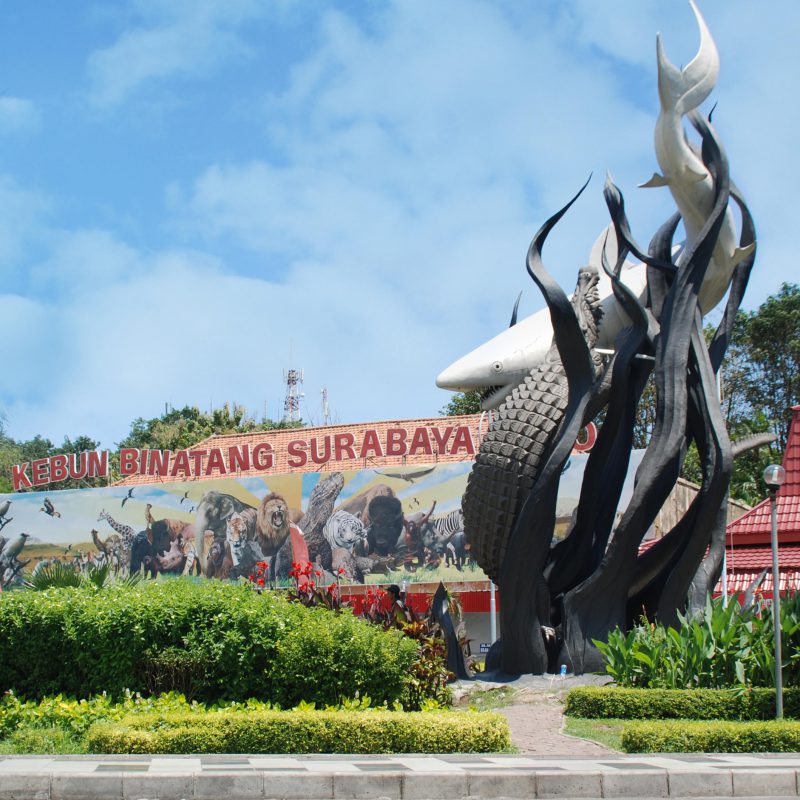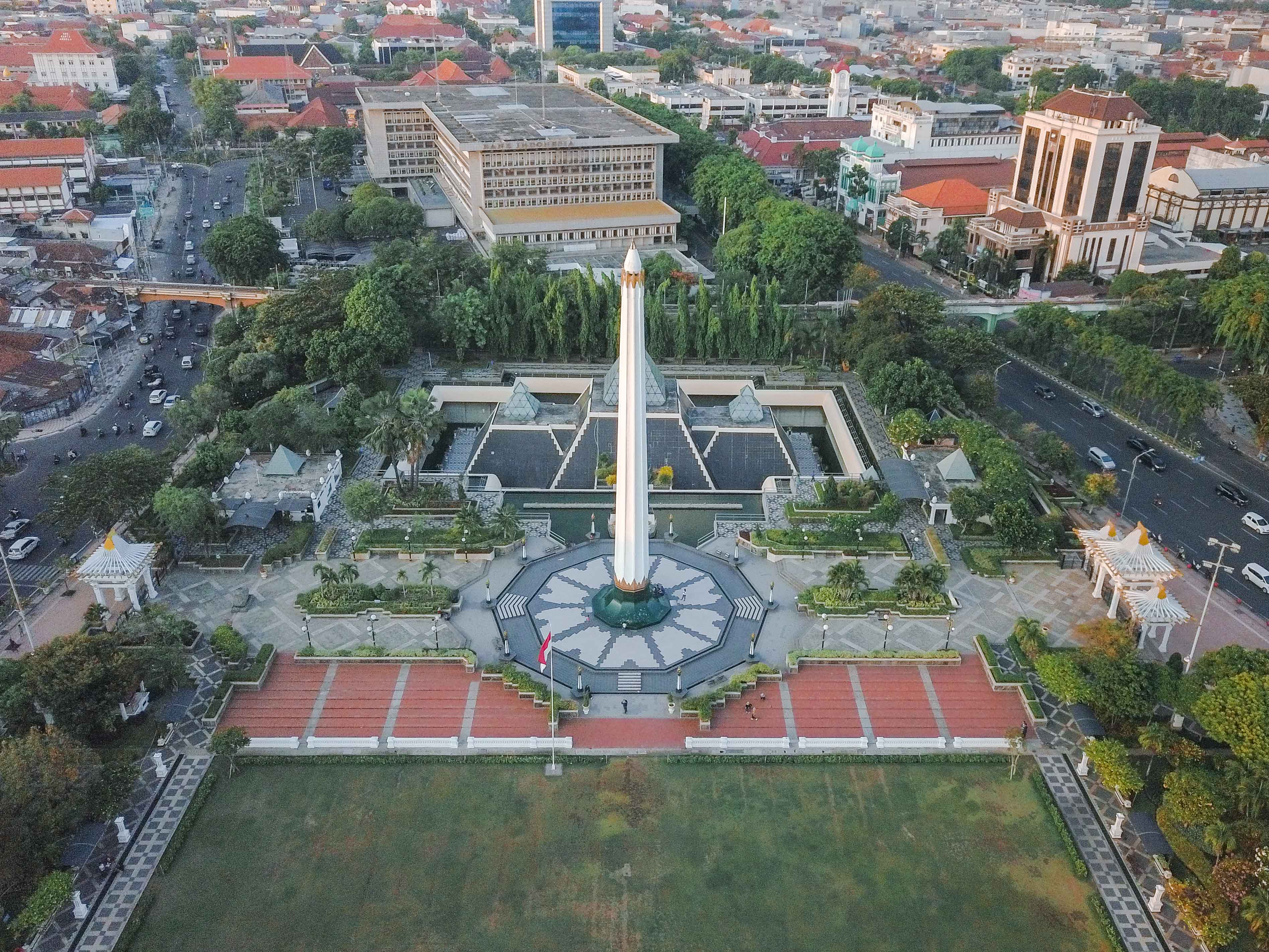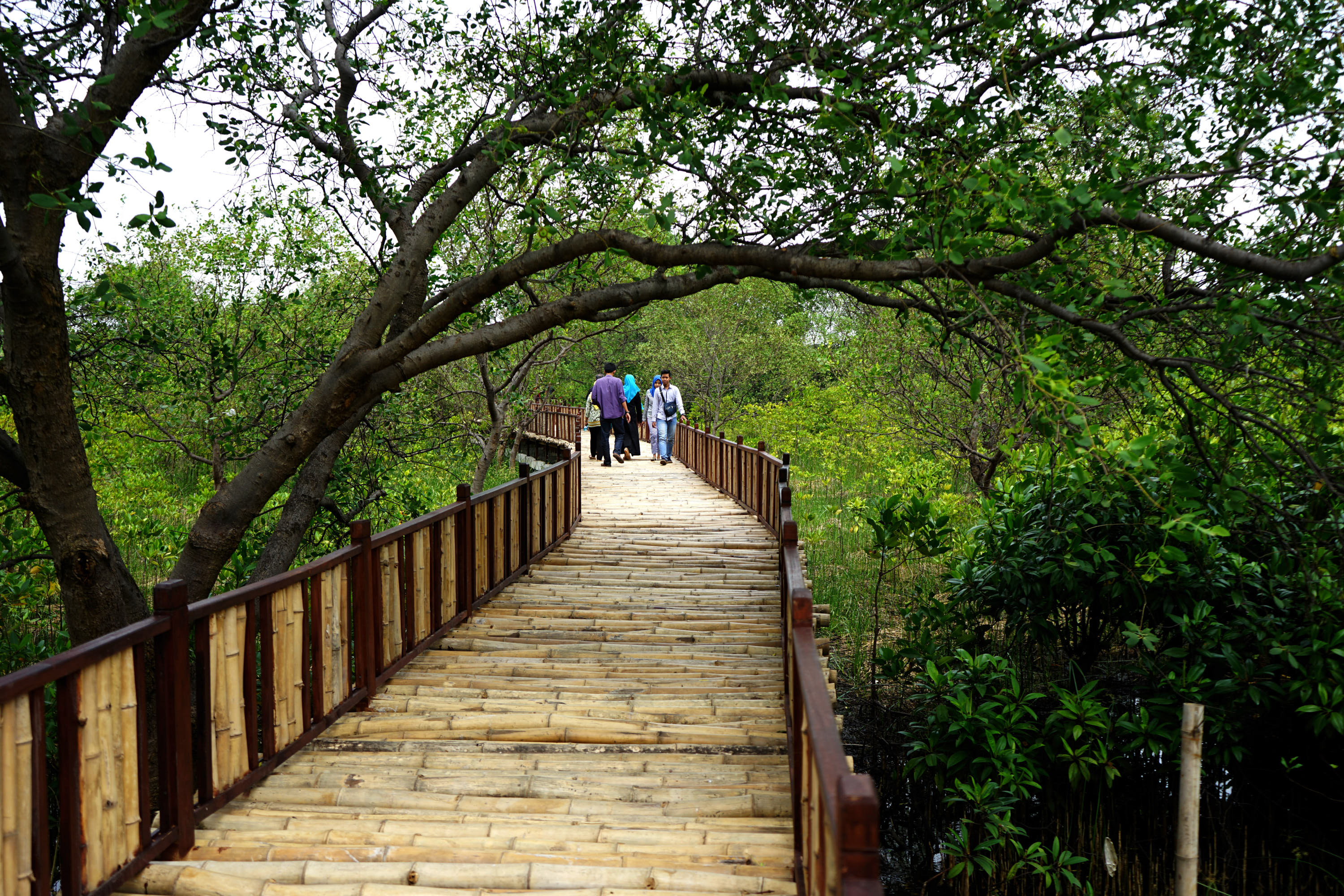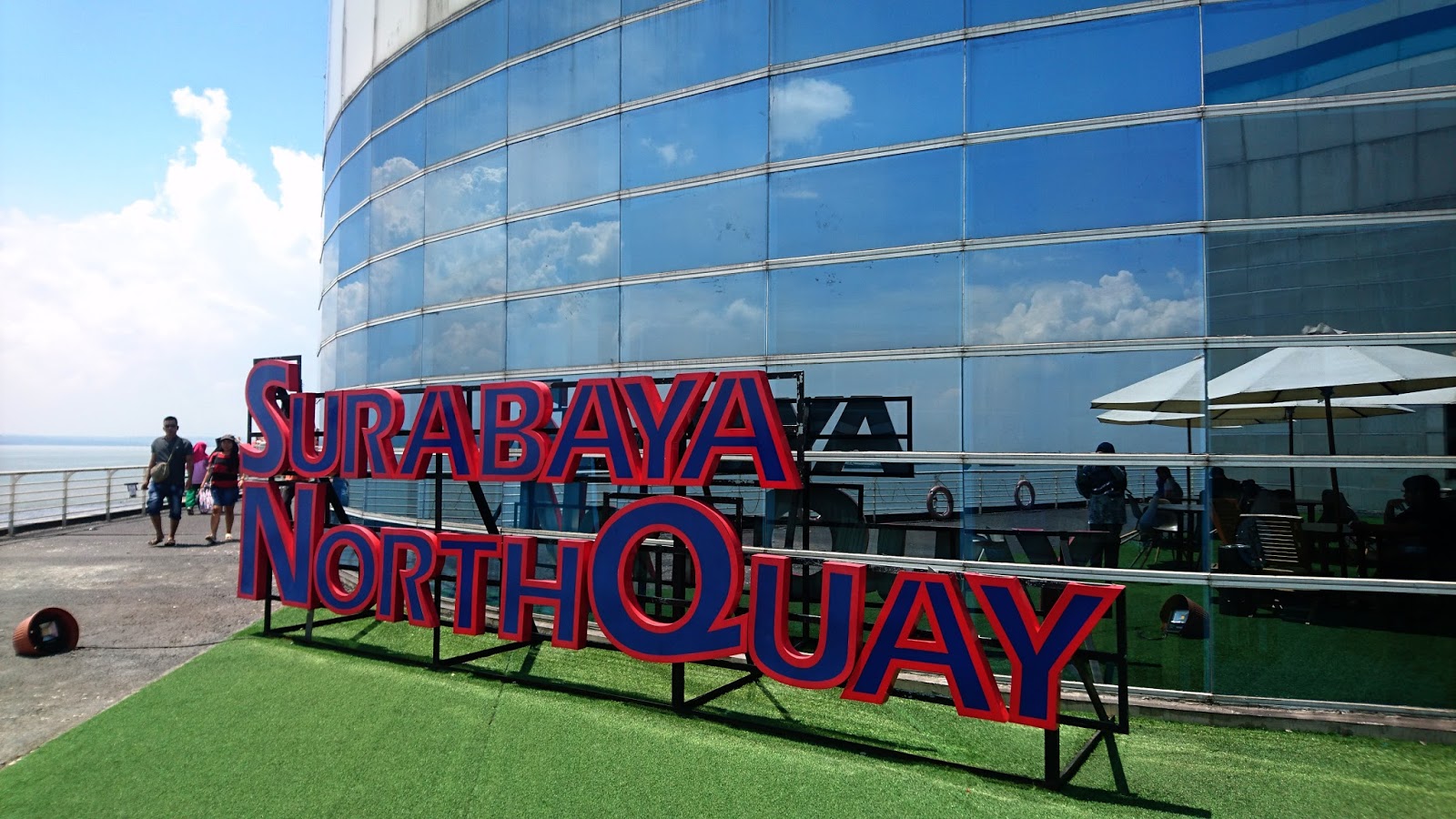Known fondly as 'The City of Heroes' for the pivotal role that the city played in the Indonesian freedom struggle, Surabaya is one of Indonesia's most enigmatic cities. Surabaya is the commercial and administrative capital of East Java, a flourishing business and industrial centre and the province's main port. Second only to Jakarta in size and importance, the city has a population of around 2.9 million residents. From the port area of Tanjung Perak ferries leave regularly for Madura, and air services from and to Surabaya's Juanda Airport in Sidoarjo connect the city with Jakarta, Yogyakarta, Bali and other parts of Indonesia.
The tropical climate has two main identifiable seasons. The dry season generally lasts from May to October, and the wet or rainy season from November up to April. The heaviest rains normally occur between December and January. wind velocity normally ranges from 3 to 20 knots and is relatively constant throughout the year. The mean annual rainfall is 1,321 mm, and the highest monthly mean rainfall is about 260 mm, usually in January. The lowest temperature, usually in February, is about 25.5 Celsius and the highest temperature is 33.0 Celsius in October. The average annual temperature is 27.8 Celsius.
The best time to visit Surabaya is on May. Every may, Surabaya offers a plethora of cultural festivals to celebrating its anniversary. Among the festivals, the flower parade and Festival Rujak Uleg are renowned among the tourists. In festival rujak uleg, tourist could experience and witness themselves to “grind” and taste the authentic rujak uleg.
Places to Explore in Surabaya:
1. Four-faced Buddha Monument
The Four Faced Buddha monument has a total 36 meters (including dome) height. It is opened for public on 9 Novembers 2004, and it consumed ±4 billion rupiahs. It is built in farm with a width of 1,5 hectares, inside a building with length 9 meters, wide 9 meters and height 36 meters. If we see altogether, it contains of number 9, beside it referenced by similar monument in Thailand, the number 9 is also has special meaning for Buddhists.2. Bungkul Park
Bungkul Park is one of open green area and pledge culture artifact. The existence of Bungkul Park that encircled by trees and green grass bring big benefits to reduce air pollution and also as social environment in vicinity. Around the park, there is Mbah Bungkul grave, the pioneer of the name. According to GH Von Faber, Bungkul funeral Complex had been there since the Hindu era. The grave arch and fence shows Java Hindu architecture style from Majapahit era. The Graves were resided around year of 1930, far before Islam came into Java Island. Since Dutch colonial era, the existence of Bungkul Park was defended by the government of town. The location of Bungkul Park that resides in the middle of Dutch real estate can be seen as a respect of the urban planners at that time. At the west side of the Grave, there is an open space which usually used for various events in Surabaya publics, like sport, artistry, campaign and others. The area around Mbah Bungkul grave is also crowded by food and beverage merchants. Therefore, Bungkul Park is expected to be the ideal city park.
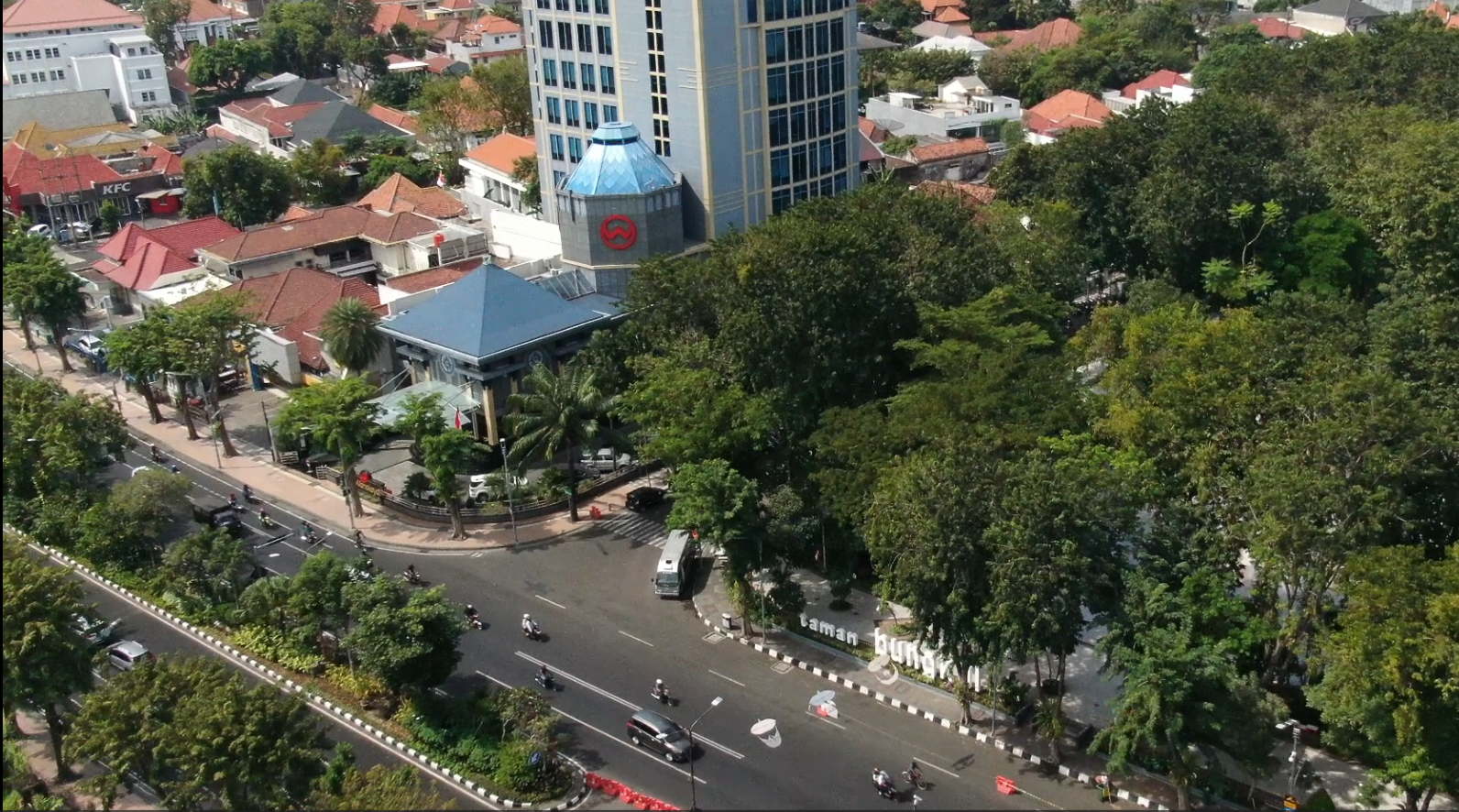
3. Cheng-hoo Mosque
Cheng Hoo Mosque is a Chinese Muslim nuanced Mosque located at Jalan Gading, Genteng, Surabaya, ±1.000 m north of Surabaya City Hall Building. This mosque was founded on the initiative of the Elder, advisors, administrators PITI, and management of the Foundation Haji Muhammad Cheng Ho Indonesia of East Java and Chinese community leaders of Surabaya.
4. Health Museum of Dr. Adhyatma, MPH
The museum collects and displays health historical items since the earlier time until now. Formally on September 14, 2004, the Minister of Health inaugurated the museum and named "Health Museum of Dr. Adhyatma, MPH - MOH". materials: books, magazines, recording tapes, video footage and others. Library materials allows for the deepening of cultural studies in health. The collection is include all of historic objects in health services from various regions, race / ethnicity, religion / beliefs, etc; has realized in: the original object, object imitation, replica, photograph or image.
5. Hong Tiek Tian Temple
Hong Tiek Tian Temple, is the oldest temple in Surabaya which was built by Tartar troop on Khu Bilai Khan emperor era on the early of Mojopahit Kingdom. This religious place is visited by many people. Besides that every day there is Pho Tee Hi wayang show with Chinese stories. It located on Jl. Dukuh (North Surabaya) near Chinese Town.
6. House of Sampoerna
Situated in “old Surabaya”, this stately Dutch colonial style compound was built in 1858 and is now a preserved historical site. Previously used as an orphanage managed by the Dutch, it was purchased in 1932 by Liem Seeng Tee, the founder of Sampoerna, with the intent of it being used as Sampoerna's first major cigarette production facility. This complex consisted of a wide central auditorium, two smaller buildings in east wing and occidental and some wide barns with one floor behind central auditorium. The buildings that stay in both auditorium wings is then turned into family house, whereas big barns looks like a warehouse exploited for tobacco and clove processing, to catch, stick it and packing, printing office and finished goods processor.
7. Jalesveva Jayamahe Monument
Monument of Jalesveva Jayamahe (Monjaya) is great evidence and very amaze suborder masterpiece. An endowment of high history value, as the reflection of the highness of Indonesian nation as the maritime nation one. The other meaning of this statue figure is as the readiness symbol to receive the devotion from generation to the next generation.This monument is a statue as high as 30,6 meters, which sustained by a building as high as 30 meters. This statue depict a Commandant of Indonesian Maritime Army complete with his honour sword upstanding to stare towards the sea fully confidence and seriousness ready to dash against the wave and go through storm, which have shown, that is the aspiration of Indonesian nation.
8. Karet Street (Chinesevorstraat)
Walk alongside of Karet Street area has seen the line of tens of building with ancient and unique architecture. Its paint is mostly matt closed dirt. Mostly is impressed uninhabited house. Since morning until evening, this street is very stirring traffic because it is the access towards Kembang Jepun Street. There are many stripper buildings that functioned as warehouse so that many large size trucks parked through this street.
9. Kembang Jepun
Kembang Jepun is the eldest area in Surabaya city, because it resides in Kalimas stream and close to Tanjung Perak port. In its ancient building line even most, its paint is sleazy and dusty and matt enunciated because as the commerce centre. But, here exactly the history of Surabaya city is started, business activity has never desisted. Office stationery shop, diesel engine, bank, textile, fashion had completed the existence of this area.
10. Pasar Genteng Wish present typical of Surabaya? Stop to Genteng market Surabaya. In this traditional market is available of typical food of Surabaya like krupuk, saline fish, flaky or krinting fish and food types from crop growing on the sea. For example: flaky lorjuk, prawn, eggplant, and tripang. All snacks or light food and the complement eat that have been be tidy is good in plastic and also box. Not only crisply smell and felt fish and just prawn being marketed in Genteng Market. Fruits taste crisply like salak, mango, banana, jackfruit and pineapple are around the special shop and kiosk that seller typical snack of Surabaya.
11. Monumen Kapal Selam Monkasel, the original KRI Pasopati 410 submarine next to the Surabaya Plaza shopping center. It is 76.6 meters long and 6.3 meters wide. It was moved from Ujung to this location on July 1st, 1995, after the museum was officially opened by Arief Kushariadi, the Naval Commander of the Republic of Indonesia on June 27, 1998.
12. Ampel Mosque and Arabic SettlementEntering Ampel mosque area just like resides in Mid-East country. The typical aroma direct fragrant when we arrive there. Mosque that being built by Raden Rahmatullah in 1421, is reside in Ampel Street Surabaya. The pilgrim arrival or the visitor will be greeted by the merchants who sell various supplies to pray and also souvenir like godly clothes, prayer beads, cowl, cap, perfume to date. As one of the eldest mosques and most crowded in Surabaya, Ampel Mosque have special story with ‘Sunan Ampel’, one of ‘Wali Songo’ who have an effect in broad Islam in Java. Sunan Ampel Mausoleum located in building west of Ampel Mosque. When its firstly built, this fairish mosque 45 m x 45 m with number of pillars which made from teak wooden 16 each fruits is length 17 m without extension. Its diameter is about 60 cm. So this thing becomes a question mark and idiosyncrasy. At that moment there are not heavy equipments yet and few numbers of men, how to do the Mosque building.
The largest zoo and complete in Southeast Asia and divided to some places for birds, freshwater aquarium and brine, quarantine Toxidemi, night animal (nocturia) and various mammals (mammal). In Special place, there is also porpoise (pesut mahakam) and mermaid. Surabaya Zoo located in Setail Street 1 Surabaya (Wonokromo - beside Joyoboyo station area), KBS is big zoo and complete. It is in it are dwelt more than 351 composing different animal species more than 2806 animals. Include Indonesia rareness animal and also world consisted of Mammalian, Aves, Reptile, and Pisces.
14. Heroes Monument & Surabaya Sepuluh November MuseumThe warrior monument is located in Tembaan Street. It had built for the agenda of giving high respect to all warriors that had killed during big encounter to fight against ally army being hitchhiked by NICA, which wish to occupy Surabaya in 10 Novembers 1945. It is located in front of luxury Governor office. Besides as the big monument as high as 45 foot/feet, for the same purpose, in some famous places as battlefield at that time, have been made a heroic statue like Jayengrono garden (Red Bridge), Plaza Contong, in Tais Nasution street (Sharp-pointed Bamboo), Foreland and in Kombes Pol. M. Duriyat street.
This eco-tourism in Surabaya is well-known as Pamurbaya, Pantai Timur Surabaya referred to Surabaya Eastern Beach, this object is quite new but having a rich beauty like any other objects in East Java. This object is located in Gunung Anyar, the way to UPN university and reachable by any vehicles. You can rent the boat to down the river that full of mangroves plantation, there is also fauna that live within the forest like monkey, type of Macaca fascicularis and water bird along the river to the mangrove station.
The newly opened quay in northern Surabaya is related to Port of Tanjung Perak. Port of Tanjung Perak is one of gateways of Indonesia, which becomes goods collector and distribution from and to Eastern Indonesia including East Java. You could interact with the anchored cruise ship or the tourist could indulge themselves to some snacks and foods.
